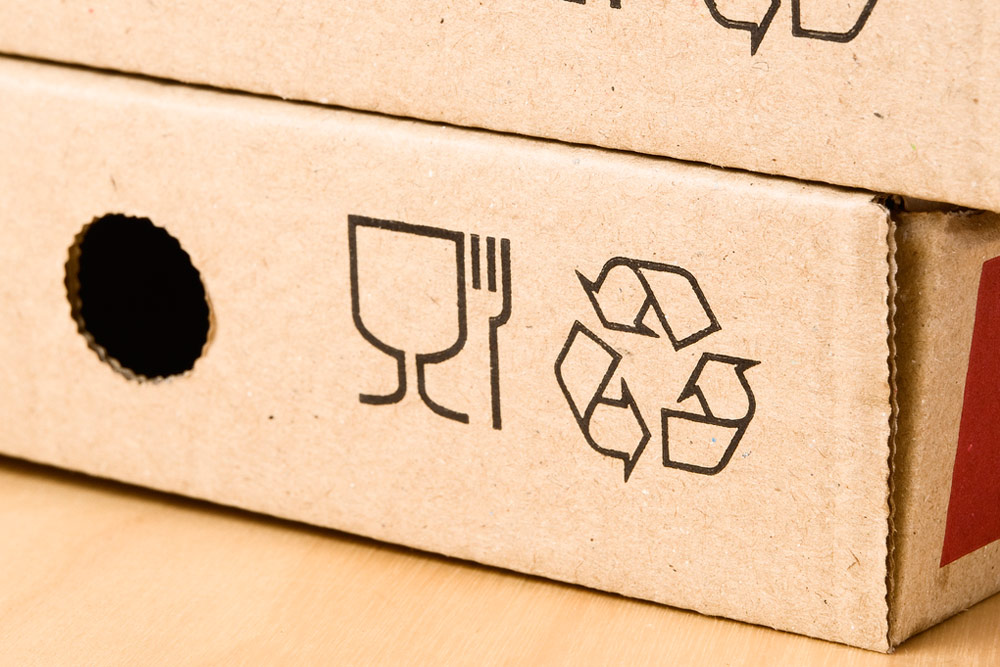In recent years, the demand for sustainable and eco-friendly solutions has led to the rise of biodegradable food packaging. As consumers become more conscious of the environmental impact of their choices, it is crucial to examine the safety aspects of these packaging materials. This blog post aims to delve into the topic of biodegradable food packaging and address the question: Is biodegradable food packaging safe?
- Understanding Biodegradable Food Packaging:
Biodegradable food packaging refers to materials that can break down naturally over time, reducing their impact on the environment. These materials are typically derived from renewable resources such as plant-based polymers or compostable materials. It is important to note that not all biodegradable packaging is created equal, and their safety can vary depending on the specific materials used. - Evaluating the Safety of Biodegradable Food Packaging:
a. Chemical Composition: Biodegradable food packaging materials undergo rigorous testing to ensure they do not contain harmful chemicals or toxins that could leach into the food. Regulatory bodies set strict standards to ensure the safety of these materials.
b. Migration of Substances: Studies have shown that biodegradable food packaging has minimal migration of substances into the food, making it a safe choice for consumers. However, it is essential to choose packaging materials that comply with relevant food contact regulations.
c. Microplastics: One concern associated with biodegradable packaging is the potential generation of microplastics during degradation. Research is ongoing to assess the impact of these microplastics on human health and the environment. - Benefits of Biodegradable Food Packaging:
a. Reduced Environmental Impact: Biodegradable packaging materials have a lower carbon footprint compared to traditional plastics. They contribute to reducing waste in landfills and oceans, helping to combat pollution and preserve natural resources.
b. Renewable and Sustainable: Many biodegradable packaging materials are derived from renewable resources, such as cornstarch or sugarcane. This ensures a sustainable supply chain and reduces dependence on fossil fuels.
c. Compostability: Some biodegradable packaging materials are also compostable, meaning they can be broken down into nutrient-rich compost that can be used for agriculture. This closed-loop system further enhances their environmental benefits. - Considerations and Limitations:
a. Proper Disposal: Biodegradable food packaging requires proper disposal to maximize its environmental benefits. It is essential to educate consumers about the correct disposal methods, such as composting or recycling, to ensure the materials reach the appropriate facilities.
b. Performance and Shelf Life: Biodegradable packaging materials may have different performance characteristics compared to traditional plastics. Factors such as shelf life, durability, and barrier properties need to be considered when choosing the appropriate packaging for specific food products.
Conclusion:
Biodegradable food packaging offers a promising solution to reduce the environmental impact of packaging waste. Extensive research and testing have shown that when produced and used correctly, biodegradable food packaging is safe for consumers. By choosing biodegradable options, we can contribute to a more sustainable future while ensuring the safety of our food. Embracing these innovative packaging solutions is a step towards a greener and healthier planet.

